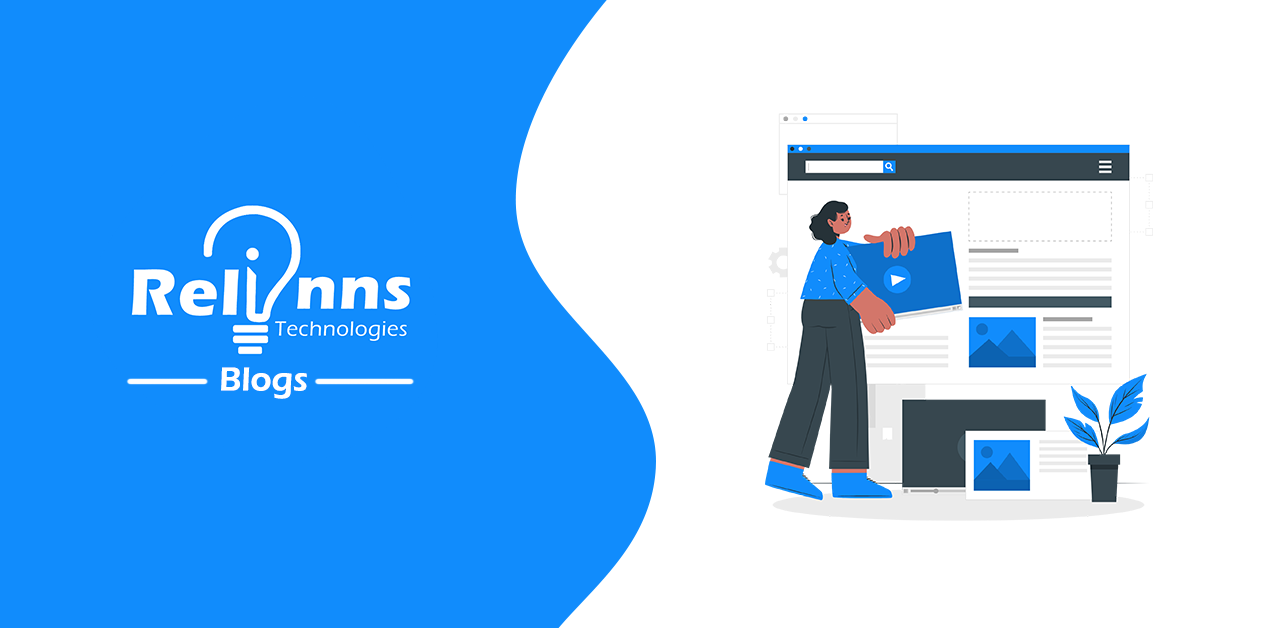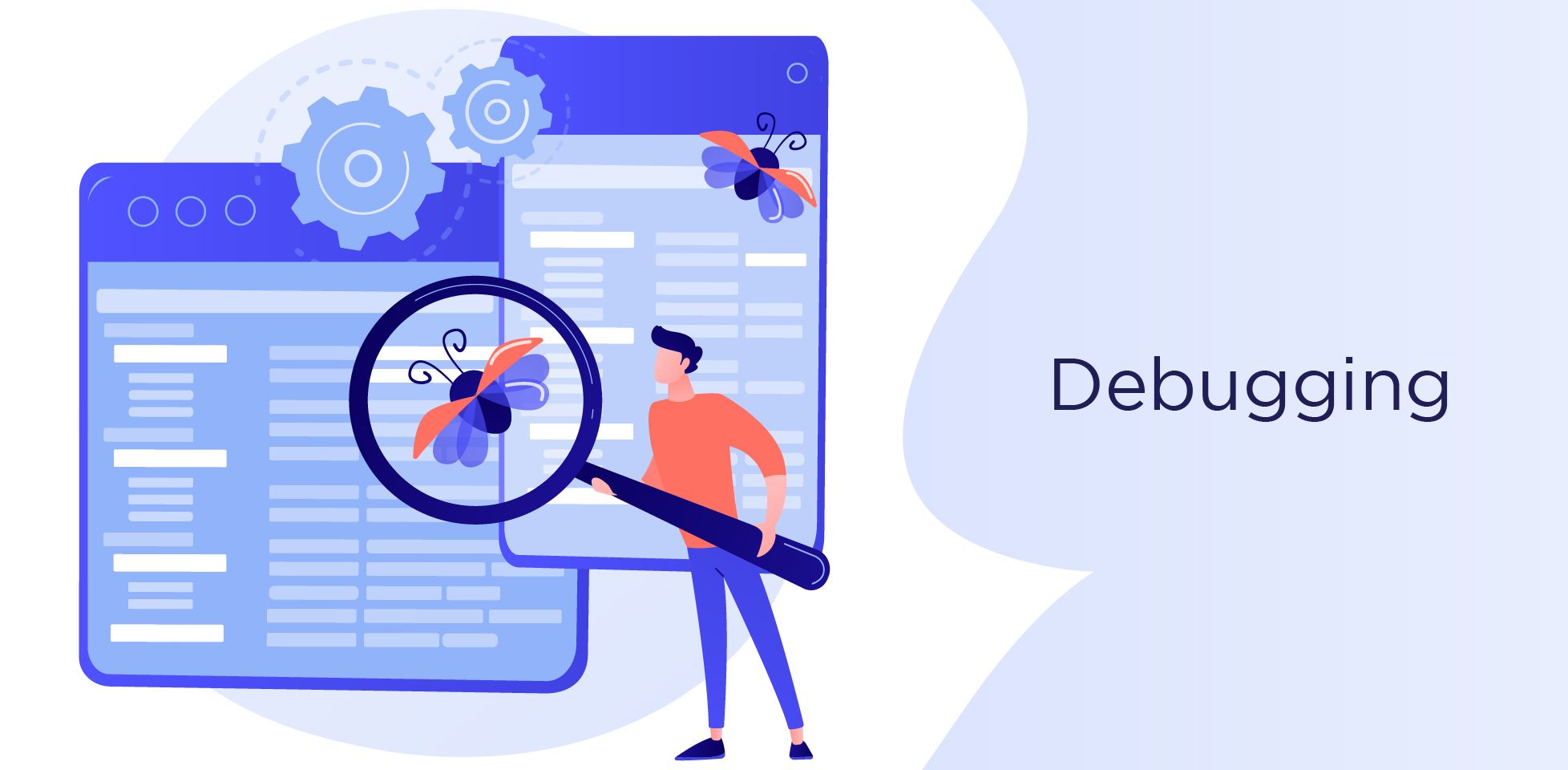What Features Make React One of the Most Used Libraries?
Posted on March 28, 2024 at 01:48 PM

Jordane Walke, a software developer for Facebook, published React.js in 2011. React is a JavaScript package with a component-based approach to building declarative user interfaces. It can be used for web and mobile applications and for managing the view layer. The primary objectives of React are to be comprehensive, quick, declarative, adaptable, and accessible.
In particular, React is a library rather than a framework. It can be explained by React only working with rendering user interfaces and leaving a lot to individual projects. The stack is a term used commonly to refer to the typical collection of tools for developing an application using ReactJS.
What React features make it one of the most popular libraries?
React is the most extensively used library for building front-end mobile applications because of the specific exceptional capabilities it provides. Here is a list of those essential characteristics.
JSX
A syntactic extension for JavaScript is JSX. In React, this phrase is used to define how the user interface ought to look. By using JSX, you can write HTML structures in the same file as JavaScript code.
const name= “Relinns”
const greet =<h1>Hello, {name}</h1>;
React’s implementation of JSX has been demonstrated in the code above. Neither HTML nor a string describes it. Instead, it incorporates JavaScript code with HTML.
Object Model for Virtual Documents (DOM)

An XML or HTML document is treated by the document object model (DOM) as a tree structure in which each Node is an object that represents a section of the content.
React’s simplified Real DOM is called the Virtual DOM. The manipulation of the real DOM is much slower than the manipulation of the virtual DOM. Only that particular object in the real DOM is updated when the state of an object changes, as opposed to all of them.
VDOM is updated when an object’s state changes in a React application. Then, rather than updating every object in the DOM, it compares its current state to the prior one. Compared to other front-end technologies, which must update each item even if just one object in the web application changes, things move quickly.

Architecture
Model, View, and Controller are the three components of the application layer according to the MVC architectural pattern. The View is used for the application’s UI logic. The Model is used for all data-related logic. The controller serves as an interface between the Model and the View.
React is the “View” in a Model View Controller (MVC) architecture, which determines how the app appears and functions.
Extensions

React is more than simply a UI framework; it has many extensions that address every aspect of the application architecture. It offers server-side rendering and aids in the development of mobile applications. React may be extended with Flux and Redux, among other things.
Data binding
Since React uses one-way data binding, all operations remain quick and modular. Furthermore, while creating a React project, it’s typical to stack child components inside parent components due to the unidirectional data flow.
Debugging

Since there is a sizable developer community, React applications are simple and simple to test. Facebook offers a browser extension that makes debugging React simpler and faster.
For instance, this extension upgrades the Chrome web browser’s developer tools menu to include a React tab. The tab makes it simple to investigate React components directly.
So why React?

React.js is more popular than any other front-end development framework. It is because:
- It assists in the easy production of dynamic apps- It delivers more functionality, making it simpler to create dynamic online apps. React provides Virtual DOM as a feature- It speeds up the creation of web applications.
- Reusable elements- The application’s development time can be significantly slashed because of the reusability of these components, each of which has its logic and controls.
- Data flow that is unidirectional- React adheres to this. As a result, developers frequently layer child components inside parent components when creating React apps.
- Small learning curve- React has a modest learning curve because it primarily integrates fundamental HTML and JavaScript concepts with some valuable features.
- It can be applied to creating web and mobile applications- Beautiful mobile applications may be made using the wildly popular React Native technology derived from React itself. React may therefore be used to create both web and mobile applications.
- Debug React applications with the help of dedicated tools- Facebook has made a Chrome plugin available. It speeds up and simplifies the debugging process for React web applications.
Conclusion
The features mentioned above amply support the popularity of the React library and its widespread adoption by businesses and organizations. To know more about React’s work and advantages, visit Relinns website to read related blogs.
Related Posts
We could talk tech all day. But we’d like to do things too,
like everything we’ve been promising out here.
